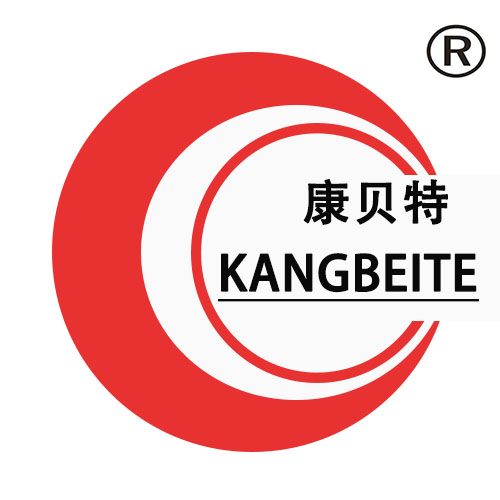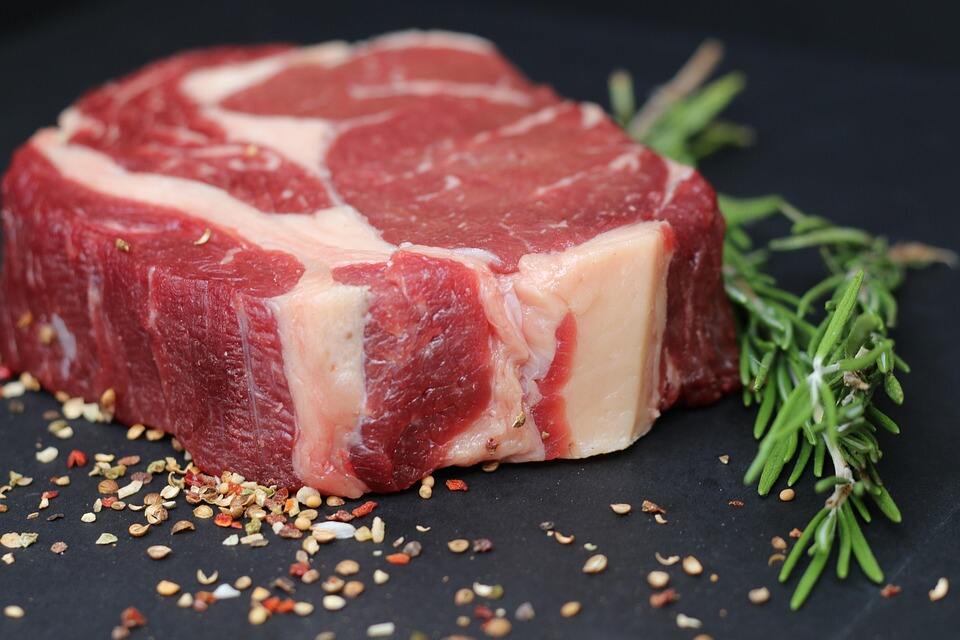Effciecy drives competition in the meat processing field. Companies attempt to find new ways to trim costs, allocate resources correctly, and increase productivity at every step of the process. This blog goes through the details of how modern technologies and processes can increase productivity and efficiency in meat processing in order to sustain competitive advantages and cater to the increase in consumer demand.
Evaluating the Effectiveness of Efficiency in Meat Processing
Reoccurring changes in the market, regulatory hurdles, and increasing operational costs are some of the challenges that the meat processing industry has to deal with. To maintain the quality and safety standards that consumers, industries and markets have in place it is important that meat processing companies attempt to achieve maximum efficiency. Efficient processes that are well optimzied should always be the focus because they yield lower costs and faster completion times which drastically improves client satisfaction levels.
Recommended Strategies to Increase Efficiency in Meat Processing Operations
-
Incorporation of Sophisticated A.I. Technologies: One of the most efficient ways to achieve an increase in productivity is through automation. Meat processing increases in complexity at every step from slaughtering meat to the packaging of the product. Modern technology such as AI, IoT, and Robotics streamline every stage and allow for automation at every level. The repetitiveness of the tasks allows for automated systems to be put into place, which signficantly increased throughput and allows for precision unlike human labor.
-
Principles of Lean Manufacturing: The adoption of effective lean manufacturing principles allows meat processors to waste less while improving productivity. Gaining insight into workflows and polishing them gives companies the ability to pinpoint bottlenecks. A more effectual processing environment could be developed with techniques such as value stream mapping and 5S.
-
Employee Training and Engagement: Workforce training should not be overlooked as it serves as the backbone of business efficiency. A firm incurs unnecessary operational expenses when employees are not educated on best practices or cutting edge innovations. Cultivating employees’ willingness to participate in continuous improvement programs helps anchor an efficiency culture pegged on everyone making changes in operations for the better.
-
Supply Chain Optimization: Effective supply chain management systems are pertinent in the meat processing market. Companies can realize the timely provision of raw materials and speed in lead times by working hand in hand with suppliers and distributors. With the goal of decreasing waste and storage expenses, just-in-time inventory systems can also be put into place.
-
Sustainability Practices: Putting into action sustainability initiatives not only serves the environment but also improves operational efficiency. Such initiatives appeal to eco-friendly consumers and lowers cost per operations to meat processors by reducing energy and waste. Sustainability is becoming the focal point for new efficiency challenges due to this dual purpose.
Trends in the Meat Industry that Impact Meat Processing Efficiency
New trends such as plant-based eating alternatives are giving traditional meat processors a run for their money, and are helping to shape the efficiency of industries, including meat processing. Traditional meat processors are now forced to expand their product lines. Along with that, the desire for transparency and better traceability in food production has reached a higher level, which forces companies to implement better tracking technologies. In addition, food technology advancements geared toward quality have resolved safety and accuracy concerns once associated with efficiency.
In conclusion, competitiveness in the market is a fundamental requirement for businesses nowadays, and it is evident that increased meat processing efficiency is crucial. Through the adoption of technology, lean methods, employee participation, supply chain management, and eco counters, meat processing improvements can be achieved. Emerging technologies and adjusting to changing market demand will surely give businesses an upper hand. As companies progress, tracking such changes will form a great business strategy.

